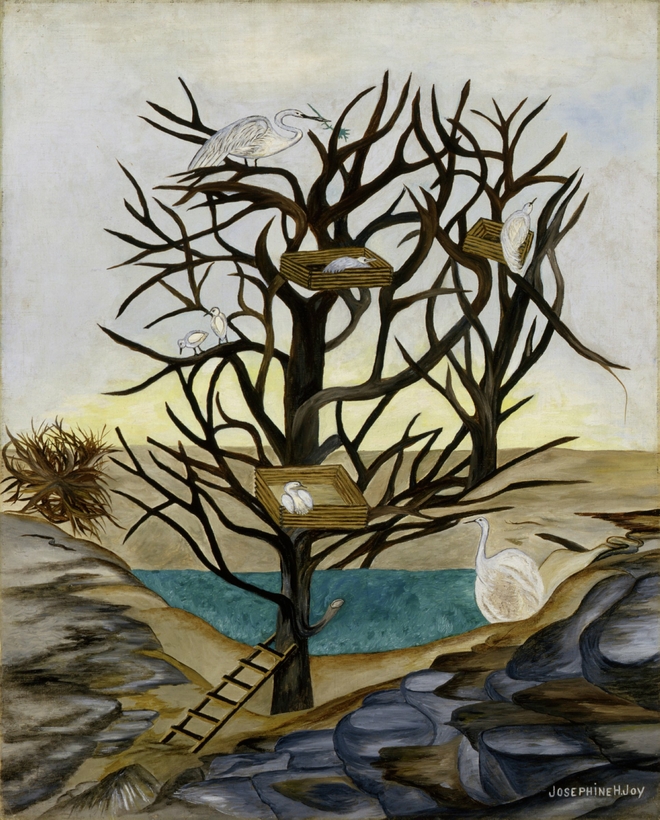Western fine art has had appropriation in its bones since the High Renaissance. That’s when sacred works, originally meant to please or appease a deity, were first held up for detached aesthetic contemplation—they were appropriated, that is, into a brand-new sphere called “art.” This unacknowledged “borrowing” got a new, more public impetus about a century ago, when the modernists invited us to see every kind of artifact, from airplane propellers to tribal totems, through an artistic lens.
In its appetite for objects from beyond the art world, modernism had a special focus on what’s now known as “outsider art”—work by children, the self-taught, or the mentally ill that looked a lot like what was coming from the studios of the avant-garde. Early curators at the Museum of Modern Art, and around the country, went on an eager hunt for such “untrained masters.” (MoMA quickly lost interest in outsiders. In 1942, founding director Alfred Barr displayed a shoeshine stand by one of them; the millionaires on his board dismissed him for it.)

Our first fascination with the untutored is the subject of a long-overdue exhibition called “Gatecrashers: The Rise of the Self-Taught Artist in America,” on now at the High Museum of Art, in Atlanta. It’s sure to give viewers a great chance to appreciate the bold color and line, the very modern flatness, or the potent “self-expression” in works by artists such as John Kane, Horace Pippin, and Grandma Moses.
But then, once we’ve imported those works into the aesthetic universe of modern art—comparing them to Matisses and Modiglianis; noting the modern artists, such as Andy Warhol, who were influenced by them—we also need to understand what their makers were up to before the modern avant-garde came to their “aid.” What did it mean for Kane to paint as crudely as he did when Victorian realism was the art all around him? What did Anna Mary Robertson intend her pictures to do, for herself and her circle, before the nation’s moderns embraced her as a “Grandma” worthy of a museum spotlight?
Such questions become especially urgent if, as promised, the show also addresses the increasing visibility of self-taught artists in today’s art world. In its hunger for new content, that art world—and especially its commodity-starved art market—has embraced a vast range of outsiders. Objects created to satisfy needs that were religious, or sexual, or even psychotic have been appropriated into the “fine art” that collectors like to savor, and financialize. Coming about 100 years after outsiderism’s first go-round in the art world, this latest embrace can seem naïve, even reactionary. We are still asking outsiders to give us the familiar, lovable stuff we call “art,” but it’s time we understood their work from the inside, in all its strangeness. —Blake Gopnik


 Discover
Discover